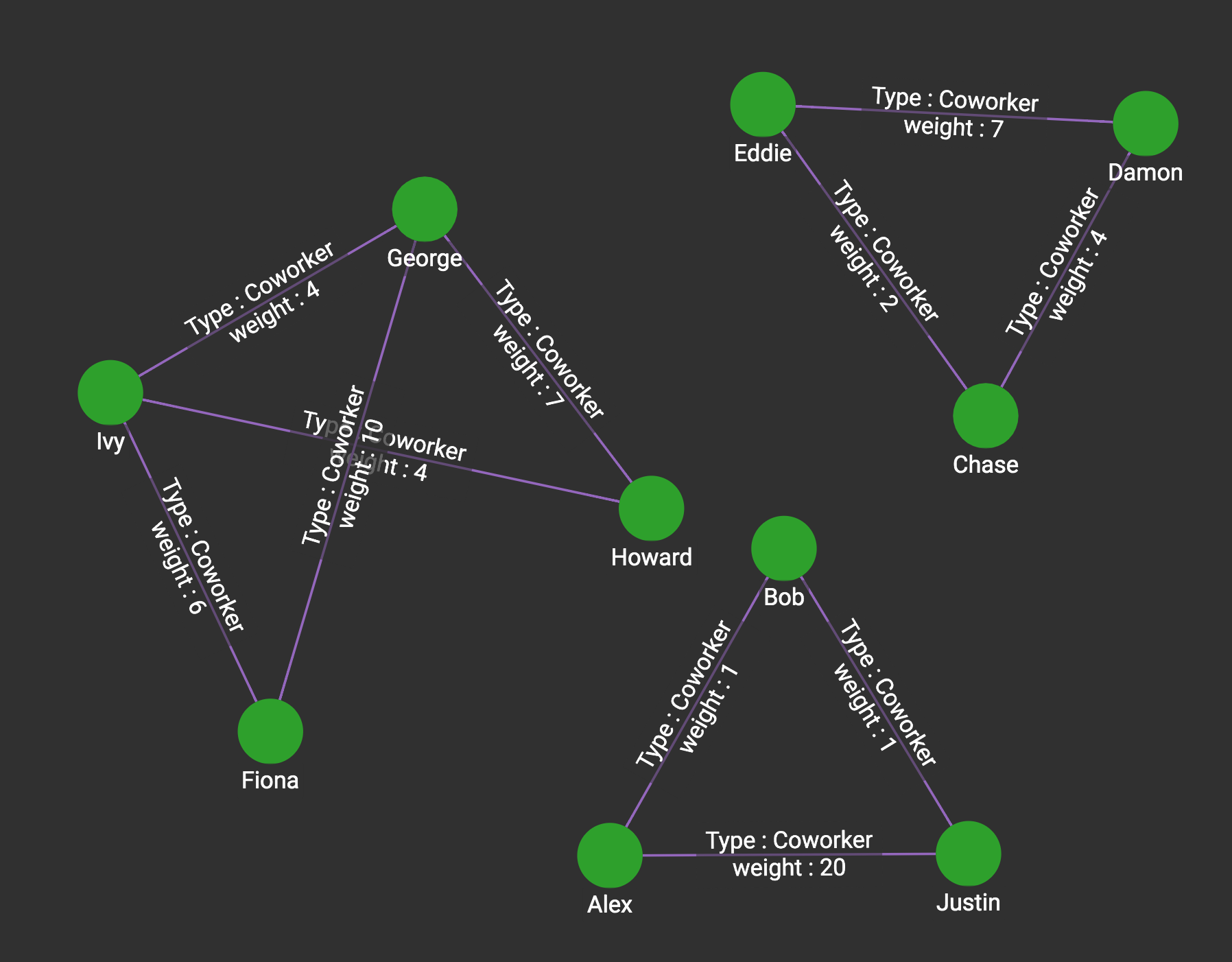 BIG DATA
BIG DATA
 BIG DATA
BIG DATA
 BIG DATA
BIG DATA
Graph database provider TigerGraph Inc. today announced version 3.0 of its namesake engine, saying it incorporates significant ease-of-use enhancements.
Graph databases are a type of NoSQL database that represent data as connected objects rather than rows and columns. Connections can be traversed quickly to find relationships that would be difficult or impossible to identify using conventional relational tables. The technology is particularly well-suited for applications that involve navigating complex interrelationships among elements, such as customer recommendation engines and fraud detection.
However, ease of use has been an issue in part because graph databases require a customized query language that is unlike the familiar SQL. “Graph data stores can efficiently model, explore and query data with complex interrelationships across data silos, but the need for specialized skills has limited their adoption to date,” Gartner Inc. wrote in an overview of database and analytics trends last year.
To address that, TigerGraph is introducing Visual Query Builder, a drag-and-drop front-end for query development. Nontechnical users can produce and run graph queries by drawing the patterns they want, similar to visual data modeling, the company said.
“It’s as easy as pointing at a particular business object like a person or company and saying ‘I want to know every person who is connected and who is the CEO of a big data company in Redwood City,’” said Gaurav Deshpande, TigerGraph’s vice president of marketing.
The company is also adding no-code schema migration to make it easier for organizations to migrate data in relational tables to the graph. A schema is a model used to describe the structure of information and is elemental to database design.
“We have made it as simple as selecting a button, choosing a database, entering information and it is all handled from there,” Deshpande said. “It will create the appropriate extract process, create the schema and load automatically.” Although the migration aid doesn’t fully automate the process, “it gets you 80% there and you can modify it using Graph Studio,” the company’s analytics workbench, Deshpande said.
“Right now we provide a generic graph schema because we don’t know yet what kind of queries customers are going to have,” said Yu Xu, the company’s founder and chief executive. “It’s a first step and we have a road map” to support more complex queries.
The new release also provides for easier and faster deployment across distributed environments. “You can literally deploy tens of terabytes of graph data in minutes,” Deshpande said.
Performance has been improved with user-defined indexing that runs across an entire distributed graph cluster. The secondary index helps users jump directly to the data they want. “IT’s mainly for when you’re trying to find specific information that isn’t related to your primary key,” Deshpande said. “The goal is to make the database administrator’s life easier.”
The company also said it is offering free use of its technology to people and organizations working to prevent the spread of the coronavirus. Access is provided via a free tier on TigerGraph Cloud to load data and perform analysis. Graph technology’s facility at representing relationships can be particularly useful in such areas a deploying community detection algorithms to identify clusters of virus infection, identifying super-spreading events and understanding the origin and impact of an infection in a particular area, the company said.
Support our mission to keep content open and free by engaging with theCUBE community. Join theCUBE’s Alumni Trust Network, where technology leaders connect, share intelligence and create opportunities.
Founded by tech visionaries John Furrier and Dave Vellante, SiliconANGLE Media has built a dynamic ecosystem of industry-leading digital media brands that reach 15+ million elite tech professionals. Our new proprietary theCUBE AI Video Cloud is breaking ground in audience interaction, leveraging theCUBEai.com neural network to help technology companies make data-driven decisions and stay at the forefront of industry conversations.